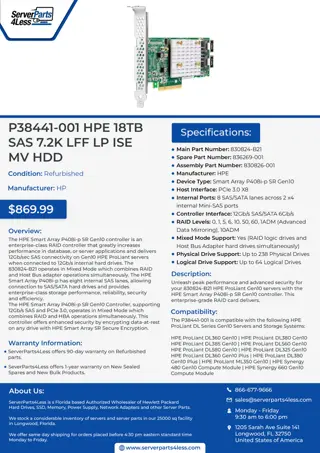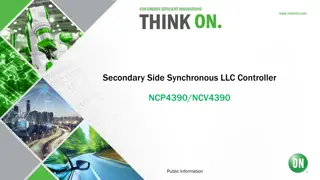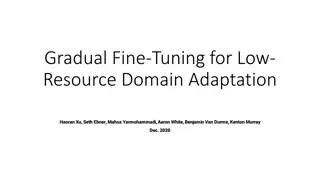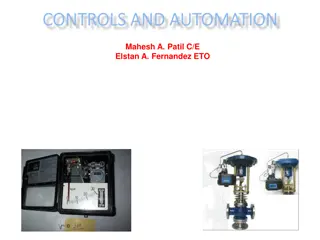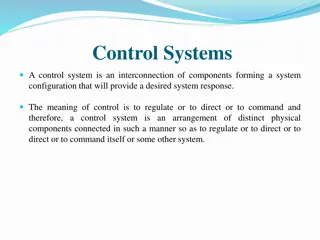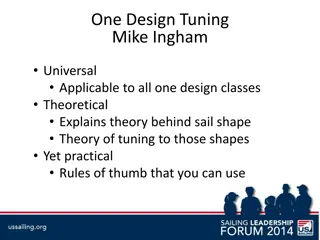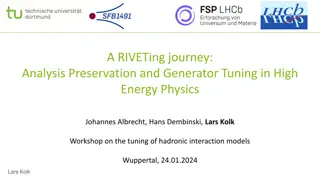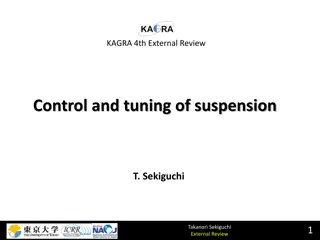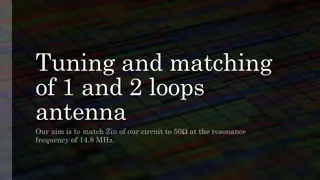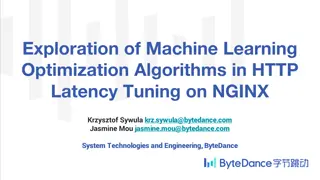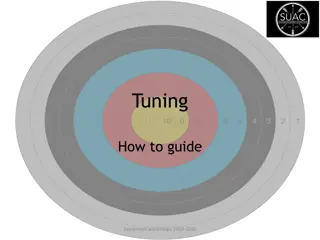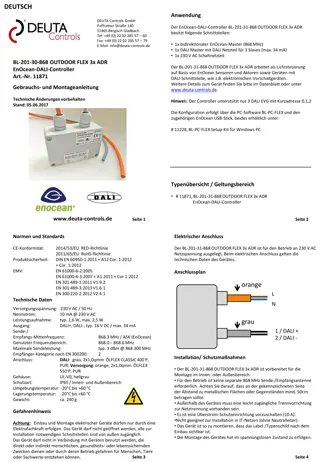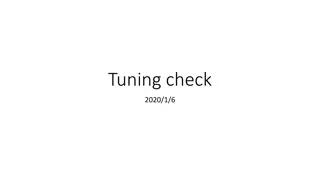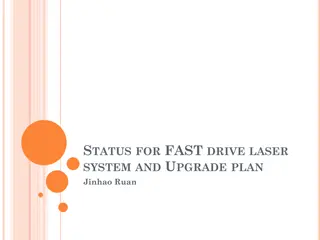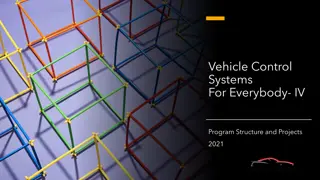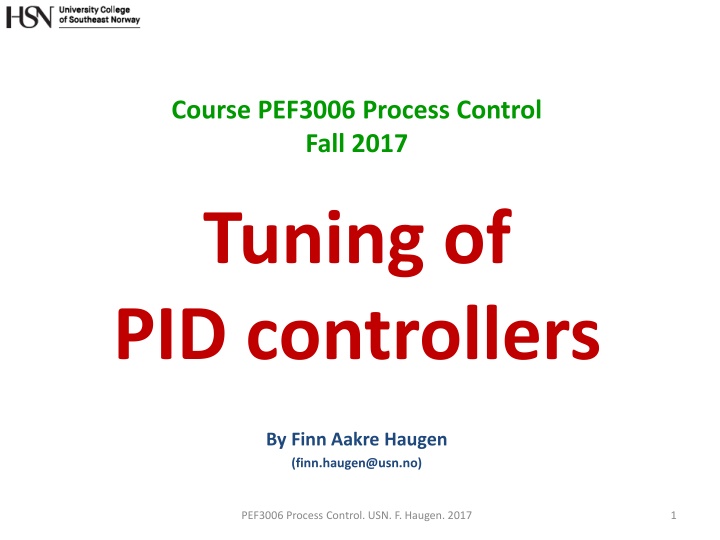
Process Control Tuning Methods and Procedures for PID Controllers
Dive into the effective tuning procedures for PID controllers, including the Ziegler-Nichols closed-loop method and auto-tuning techniques. Learn how to achieve fast control while maintaining stability through detailed examples and practical applications in process control. Enhance your understanding of control systems with expert insights from Finn Aakre Haugen.
Download Presentation

Please find below an Image/Link to download the presentation.
The content on the website is provided AS IS for your information and personal use only. It may not be sold, licensed, or shared on other websites without obtaining consent from the author. If you encounter any issues during the download, it is possible that the publisher has removed the file from their server.
You are allowed to download the files provided on this website for personal or commercial use, subject to the condition that they are used lawfully. All files are the property of their respective owners.
The content on the website is provided AS IS for your information and personal use only. It may not be sold, licensed, or shared on other websites without obtaining consent from the author.
E N D
Presentation Transcript
Course PEF3006 Process Control Fall 2017 Tuning of PID controllers By Finn Aakre Haugen (finn.haugen@usn.no) PEF3006 Process Control. USN. F. Haugen. 2017 1
2 Ziegler-Nichols' closed loop method PEF3006 Process Control. USN. F. Haugen. 2017 2
Aim of tuning: As fast control as possible, but with acceptable stability, i.e. decay ratio 3 v Disturbance step: t A2/A1 = 1/4 y A1 Response in controlled process output: yr A2 t PEF3006 Process Control. USN. F. Haugen. 2017 3
4 Experimental setup in Ziegler-Nichols method: v u0 Man y u ySP Prosess P(ID) Aut Pu ymf Filter Sensor PEF3006 Process Control. USN. F. Haugen. 2017 4
Tuning procedure of Ziegler-Nichols method: 5 1. With controller in manual mode: Bring the process to the specified operating point by manually adjusting the control variable until the process variable is approx. equal to setpoint. 2. Turn PID controller into P controller with gain Kp = 0. (Ti = very large. Td = 0.) 3. Set the controller to automatic mode. 4. Increase gain Kp (you may start with Kp = 1) until there are steady oscillations in the loop due to a small setpoint step. This controller gain value is the ultimate gain, Kpu. Read off the period, Pu, of the oscillations. 5. Calculate controller parameters from the Z-N formulas: Recommends "Relaxed ZN PI- tuning" (cf. article by FH og B. Lie in Modeling, Identification and Control): Kp = 0,32*Kpu og Ti = Pu. PEF3006 Process Control. USN. F. Haugen. 2017 5
6 Let s try Z-N tuning of a PI controller on this simulator: Level control of wood-chip tank PEF3006 Process Control. USN. F. Haugen. 2017 6
7 Auto-tuning (automatic PID tuning) PEF3006 Process Control. USN. F. Haugen. 2017 7
8 Example of auto-tuner: The Relay or On/Off tuner (by str m and H gglund). Sustained oscillations come automatically in control loop. From the amplitude and the period of these oscillations proper PID controller parameters are calculated by an algorithm in the controller. Controller d Manual u0 y ySP u Normal e PID Process Auto Uhigh Amplitude A Tuning Relay Ulow Sensor and filter Measured y Amplitude Y Period Pu In Ziegler-Nichols : Use Pu and Kpu = 4*A/(pi*Y). PEF3006 Process Control. USN. F. Haugen. 2017
9 Example: Relay-tuning of a PI temperature controller: Temperature Control of Liquid Tank PEF3006 Process Control. USN. F. Haugen. 2017 9
Skogestads PI-tuning for a integrator with time-delay process 10 Find model parameters K and tau from process step response (or from a mathematical process model, if you have one): Step: Step response: U Prosess with sensor and measurement filter ymf(t) u(t) Slope S=KU (unit e.g.%/sec) 0 t 0 0 t Integrator with time - delay Time-delay (If time-delay is disregarded) PI controller settings: Kp = 1/[Ki*(Tc + tau)] = 1/(2*Ki*tau) if Tc = tau. Ti = 2(Tc + tau) = 4*tau if Tc = tau. Skogestad uses 4 in stead of 2 in the Ti formula, but you get faster disturbance compensation with 2. If you do not know how to specify Tc, Skogestad suggests Tc = tau. But if the process has negligible tau, you can not set Tc = tau. Then you must select Tc by yourself. PEF3006 Process Control. USN. F. Haugen. 2017
11 Skogestad's method PEF3006 Process Control. USN. F. Haugen. 2017 11
12 Skogestad s method is a model-based method, but the model parameters may stem from a simple step-response test on the process. You must specify the time-constant Tc of the closed-loop system (illustrated below with setpoint step response): tau is process time-delay PEF3006 Process Control. USN. F. Haugen. 2017
Skogestad PI tuning rule assuming the process dynamics is approximated by integrator with time-delay dynamics: Integrator with time-delay -step response: Actual step response in process measurement: Step in control signal: Steepest tangent Actual time-delay Process (including actuator, sensor, and measurement filter) ymf(t) u(t) Steepest slope (slope of steepest tangent): S=KiU (in unit of e.g. %/s). Integrator gain Kiis then calculated as Ki = S/U. U t0 t0 t t Time-delay (tau) to be used in the Skogestad PI tuning rule Skogestad PI tuning rule (Tc is desired closed-loop time- constant of control system): Kc = 1/[Ki*(Tc+tau)] Ti = 2*(Tc+tau) With Skogestad s hand-rule: Tc = tau: Kc = 1/(2*Ki*tau) Ti = 4*tau Original ref.: Skogestad, S. (2004). Simple analytic rules for model reduction and PID controller tuning, Modeling, Identification and Control (MIC), Vol 25, No 2, pp. 85-120. http://www.mic-journal.no/. Skogestad s Ti formulas are here modified according to ref. Haugen, F. and Lie, B. (2013). Relaxed Ziegler-Nichols Closed Loop Tuning of PI Controllers, MIC, 2013, Vol 34, No 2, pp. 83-97. http://www.mic-journal.no/. Original Skogestad: Ti = 4*(Tc+tau) and Ti = 8*tau. 13 PEF3006 Process Control. USN. F. Haugen. 2017
14 Let s try Temperature control of liquid tank PEF3006 Process Control. USN. F. Haugen. 2017 14


